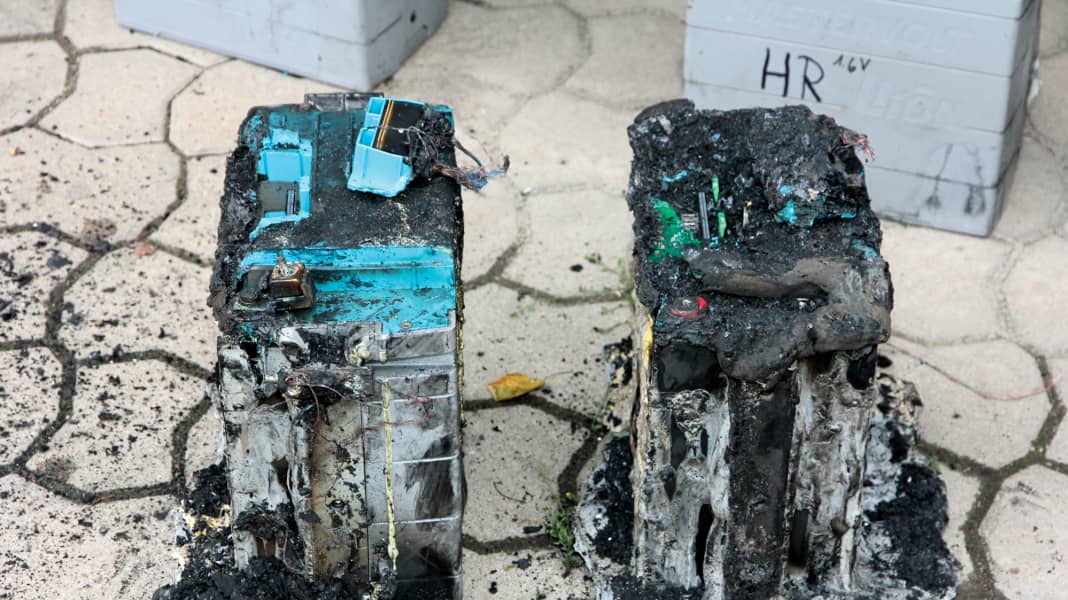
The cell chemistry is decisive for the operational reliability of lithium storage batteries. This is because lithium or lithium-ion battery is just a generic term that covers various cell compositions and designs. The exact designation then specifies which electrode materials and electrolytes are contained.
NMC batteries are very common in electric cars and e-bikes. The abbreviation stands for nickel-manganese-cobalt-oxide. Lithium iron phosphate batteries, LiFePO batteries for short, can be used as consumer batteries on board.
Effects on energy density and operational safety
The differences in the materials used affect the energy density and also the operational safety. The NMC cells also used by Tesla produce free oxygen in the event of a fire, which is why these systems continue to burn even under water and can only be extinguished by extreme cooling.
Lithium iron phosphate batteries, on the other hand, are considered thermally safe, confirms Holger Flint from insurer Pantaenius. In addition to the absence of free oxygen, the battery types differ in what is known as the runaway temperature. This indicates the number of degrees at which the storage battery can hardly be cooled down by discharging or disconnecting it from the power grid, as it is so damaged internally that the cells continue to heat themselves up, so to speak, until all reactive material has been used up. With NMC, this is the case from 160 to 180 degrees, while LiFePO4 batteries only get out of control above 250 degrees.
In fact, the greatest risk of fire when using lithium-iron batteries comes from the peripherals, i.e. the charging technology, cables and connections. The energy storage devices absorb significantly higher currents during charging and also release them again without complaint. Tightly calculated cable cross-sections, corroded connections and missing fuses in an old electrical installation therefore represent an increased fire risk. However, these points can be easily checked and corrected in advance.
More articles on this topic:
Factors responsible for the battery getting out of control
The only possible cause of the battery itself going out of control is overcharging due to a faulty or unsuitable charger. In addition, the obligatory battery management system must fail, as it should stop the current flow as soon as a cell exceeds the end-of-charge voltage or the temperature of the battery becomes too high. However, this self-protection, which no lead-acid battery offers, is no substitute for separate fuses or suitable cabling.

